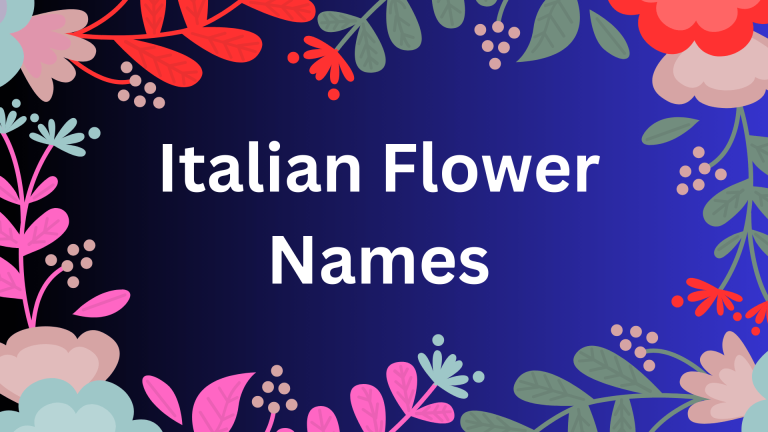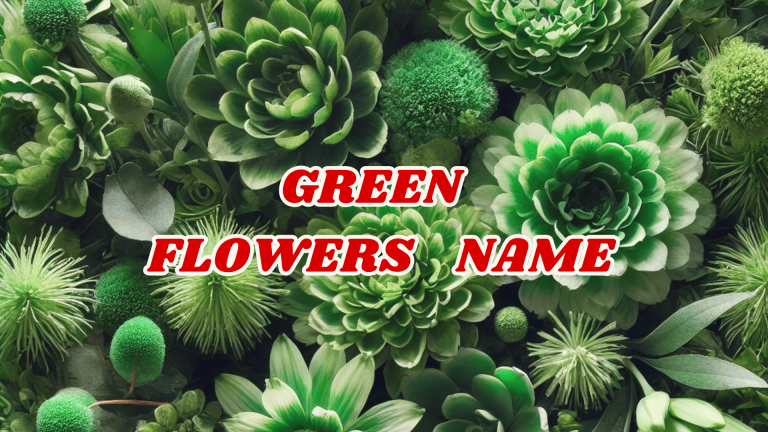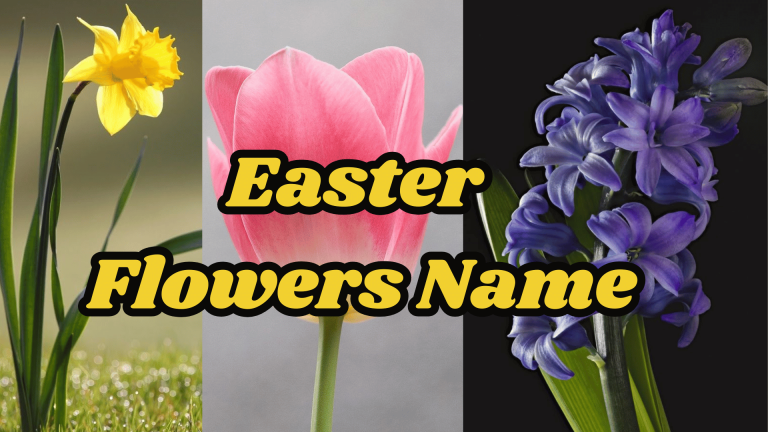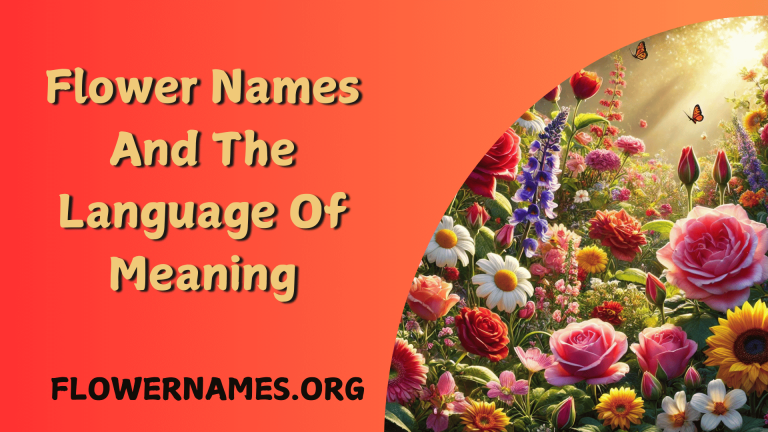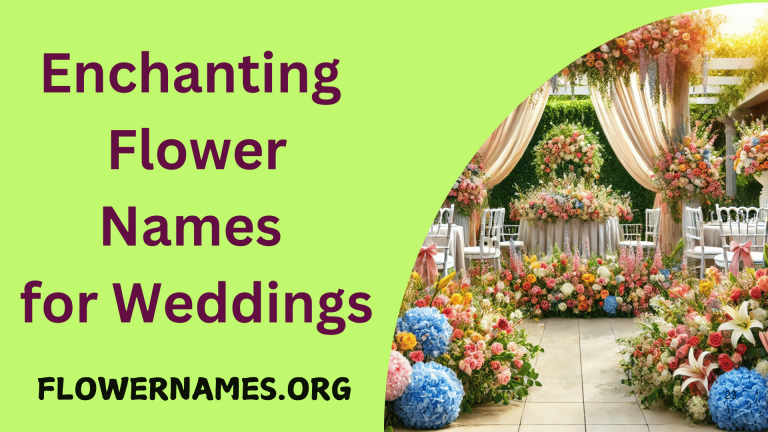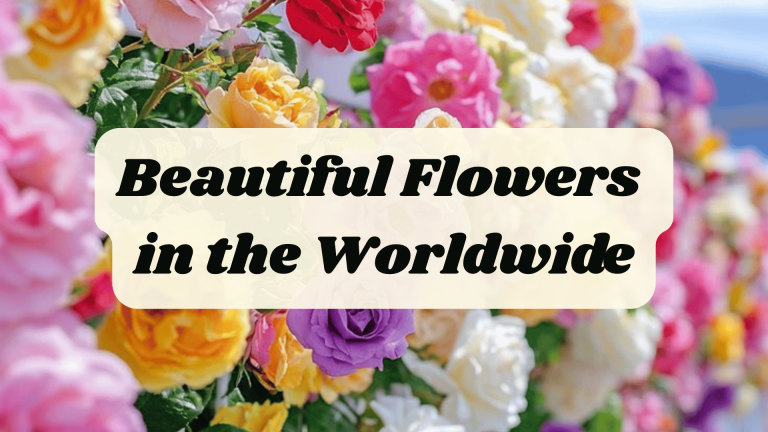5 Most Famous Lavender Flower: How to Grow, Plant, Maintain And Decoration Ideas
Lavender, with its sweet aroma and soothing purple blooms, is one of the most cherished flowering plants across the globe. Known for its fragrant herbs, lavender is widely used in cosmetics, essential oils, home décor, and even culinary recipes. Its versatility and calming scent make it a staple in both gardens and households.
With over 45 species and hundreds of varieties, lavender offers a rich diversity of forms and fragrances. Yet, among them, a few stand out for their exceptional beauty, hardiness, and adaptability to different climates and soil conditions. These varieties are not only easy to grow but also ideal for decorative and therapeutic purposes.
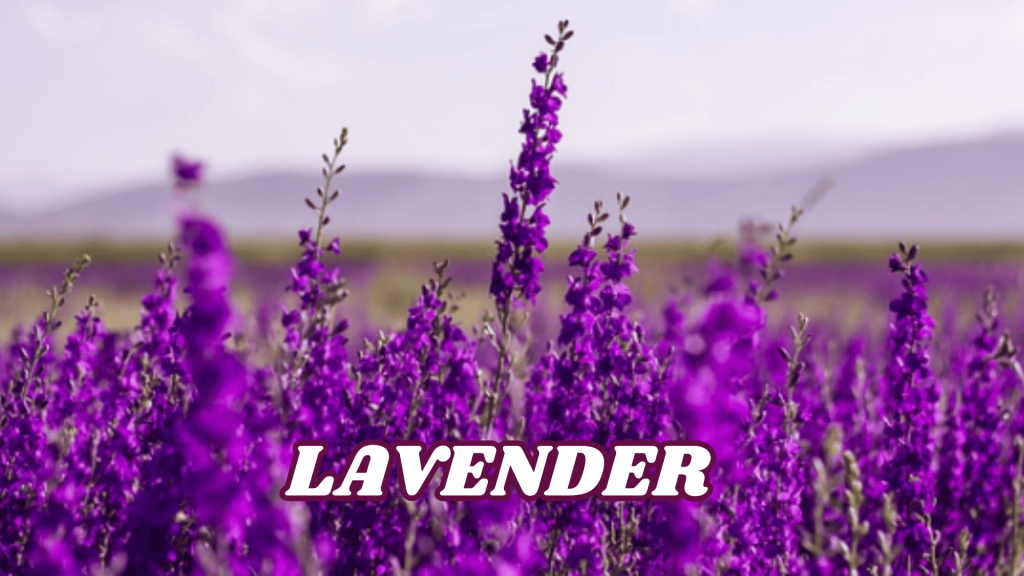
So here are the 5 most famous forms of Lavender, English, French, Spanish, Portuguese and Lavandin,
In this article, we’ll explore expert tips and creative ideas for growing and decorating with lavender—one of the world’s most beloved fragrant flowers. Whether you’re passionate about gardening, love the art of home décor, or simply enjoy the calming scent of beautiful blooms, this guide is designed to inspire and educate.
Lavender isn’t just a pretty plant—it’s a versatile herb with over 45 species and hundreds of varieties. Some stand out for their ease of care, resilience, and natural beauty, making them perfect for both indoor and outdoor use. From planting techniques to maintenance tips and decoration ideas, we’ll show you how to make lavender a meaningful part of your home and garden.
1. English Lavender: The Classic Fragrance of Elegance
Overview
Also known as true lavender, English Lavender is the most popular and widely cultivated lavender variety in the world. Native to the Mediterranean region, it thrives in temperate climates and is prized for its sweet fragrance and high-quality essential oil.
This variety is a favorite among gardeners, herbalists, and aromatherapy enthusiasts due to its compact growth, long-lasting blooms, and versatile uses—from culinary recipes to cosmetic products and home décor. English Lavender typically blooms in late spring to early summer, attracting bees, butterflies, and admiration wherever it grows.
Characteristics
- Bloom Time: End spring to Start summer
- Fragrance: Sweet and floral
- Height: 12 to 36 inches
- Hardiness: Zones 5-9
Common Cultivars
- Hidcote: tight and purple flowers
- Munstead: Suitable as a border and vessel plant.
Uses
- Extract oil and scent
- Preparing to eat in tea and dessert
- Sash and aroma therapy
Fun Fact
However, English lavender got it’s name from the English for the simple fact that this flower was very popular in English gardens.
2. French Lavender: A Fragrant Touch of the Mediterranean
Overview
French lavender (Lavandula dentata) is a charming and easily recognizable variety of lavender, known for its distinctive serrated leaves and tufted, lumpy flower heads. Unlike its English counterpart, French lavender thrives in warmer climates and offers a lighter, more delicate fragrance.
This variety is ideal for gardeners in sunny, Mediterranean-like environments, where it can flourish with minimal care. Its ornamental appeal and subtle scent make it a popular choice for landscaping, container gardening, and even indoor décor.
Characteristics
- Bloom Time: Start spring to end summer
- Fragrance: Light, with a piney undertone
- Height: 24 to 36 inches
- Hardiness: Zones 8-11
Common Cultivars
- Allardii: A segment of fabulous growth and aroma -derived drawing: fabulous growth and aromatic plants
- Goodwin Creek Grey: Silver: more plants and flowers:
Uses
- Ornaments use of the Mediterranean garden
- Potpourri and Home freshener
Fun Fact
Lavender (French): Lavenders are the same but they grow longer during the season and they self the most at the coast and on sunny patios.
3. Spanish Lavender: The Eye-Catching Butterfly Lavender
Overview
Spanish lavender (Lavandula stoechas), often referred to as Butterfly Lavender, is instantly recognizable by its distinctive flower heads topped with petal-like bracts, commonly described as “rabbit ears.” These vibrant, upright petals give the plant a whimsical and striking appearance, making it a favorite among landscape designers and garden enthusiasts.
Thriving in hot, dry climates, Spanish lavender is well-suited for Mediterranean-style gardens and drought-tolerant landscapes. Its bold look and long blooming season add visual interest and color to any outdoor space.
Beyond its ornamental value, Spanish lavender also attracts pollinators like bees and butterflies, contributing to a healthy garden ecosystem. Its strong, slightly camphorous scent sets it apart from other lavender varieties, offering a unique sensory experience.
Characteristics
- Bloom Time: Spring to end summer
- Fragrance: Strong and camphor-like
- Height: 18 to 24 inches
- Hardiness: Zones 7-10
Common Cultivars
- Otto Quast: Bloom: Right purple, where brackets are very wide.
- Anouk: Crimson Flower, Little]
Uses
- Garden border and rock gardens
- Succulent and bee brush and buff-based plants are constantly attractive, too, to pollinators such as benches and places.
Fun Fact
The Spanish lavender is more resistant to humidity and heat compared to most of the other lavenders.
4. Portuguese Lavender: The Underrated Powerhouse of Fragrance
Overview
Portuguese lavender (Lavandula latifolia), also known as Broadleaf Lavender, is a lesser-known variety that deserves more attention. While it’s not as commonly found in home gardens, it stands out for its intensely aromatic foliage and high essential oil content.
This variety features broader leaves and a stronger, more camphorous scent compared to English or French lavender. It thrives in sunny, well-drained environments and is often used in commercial oil production due to its rich fragrance profile.
Though not as ornamental as other types, Portuguese lavender is a hardy and resilient plant, making it a great choice for herbal gardens, natural insect repellents, and aromatherapy applications.
Characteristics
- Bloom Time: Mid to late summer
- Fragrance: Strong, camphorous scent
- Height: Up to 40 inches
- Hardiness: Zones 7-10
Common Cultivars
- Frequently Lavandula angustifolia is interbred with it to form lavender
Uses
- Oil extraction through commerce
- As remedies and repellents to insects
Fun Fact
The Japanese lavender has larger leaves in comparison to English lavender and grows in warm zones which are a bit warmer.
5. Lavandin Lavender: The Hybrid Hero of Hardiness and Fragrance
Overview
Lavandin (Lavandula × intermedia) is a hybrid variety created by crossing English lavender (Lavandula angustifolia) with Portuguese lavender (Lavandula latifolia). This fusion results in a plant that combines the best traits of both parents—robust hardiness, intense fragrance, and long, elegant stems.
Lavandin is especially popular in commercial lavender farming due to its high oil yield and resistance to drought and pests. Its tall stems and vibrant blooms make it ideal for cut flower arrangements, essential oil production, and landscape design.
While its scent is slightly more camphorous than English lavender, Lavandin’s resilience and productivity make it a top choice for gardeners and herbalists alike.
Characteristics
- Bloom Time: Mid to late summer
- Fragrance: Strong and somewhat medicinal
- Height: 24 to 36 inches
- Hardiness: Zones 5-9
Common Cultivars
- Grosso: The most popular type of oil production Apparatus
- Provence: Good in making and dried arrangements
Uses
- Soaps and Essential oils
- Structures of dried flowers Dried flower wreaths and floral arrangements
Fun Fact
Lavandin has a higher yield of oil than English lavender but quality is usually variable in perfumery.
It is a concise and useful paragraph about the necessity of lavender in the beauty of a garden:
Lavender in Enchanting For Your Garden
Lavender is an all-time classic, celebrated not only for its vibrant purple blooms but also for its greenish-silver foliage and soothing aroma. Its striking colors and long-lasting flowers make it a magnet for bees, butterflies, and other pollinators, bringing life and movement to any outdoor space.
This low-maintenance, drought-tolerant plant thrives in various settings—whether used as a border plant, along garden pathways, in rock gardens, or in containers. Its versatility and visual appeal make it a favorite among gardeners of all styles.
Beyond its beauty, lavender’s natural pest-repelling properties help keep mosquitoes and flies at bay, making it both decorative and functional. Whether featured in formal landscapes or rustic cottage gardens, lavender enhances the aesthetic and sensory experience of any garden, offering season-long charm and tranquility.
Lavender Growing and Care Tips
Irrespective of the container, gardening bed or raised planter you are using to grow lavender, here are the crucial tips for your lavender plants to grow year-round:
1. Sunlight Requirements
Sun is lavender’s thing! Make sick them get a mins of at least 6-8 hours direct sunlight each day. Insufficient light can bring leggy growths and blooms.
2. Soil Conditions
Lavender likes a well drained slightly alkaline soil. The best soils are reported to be the sandy or loamy soil. Avoid heavy clay which will retain water.
3. Watering Tips
Too much water is the main cause of downfalls for lavender. Let the soil dry out between watering. After they start growing, they become quite drought – tolerant.
4. Pruning
To promote the growth of the shrubs and to prevent the planting of the wooden trunks, be harvested after flowers. Do not cut in the previous wood.
5. Spacing and Airflow
Apply lavender 12-24 inches according to a variety. Proper test coverage prevents fungal diseases and roots.
6. Container Growing
If you live too cold or too humid for lavender if you plant it in the ground grow it in containers. You should plant then in terracotta pots that contain holes for drainage and place in sunny location.
Lavender in Home Décor: Rustic Charm Meets Relaxing Ambience
Lavender isn’t just for the garden—it brings a rustic, cozy, and calming atmosphere into your home as well. Its soft color palette and soothing fragrance make it a perfect addition to any interior space. Here are some inventive and beautiful ways to use lavender in home decoration:
1. Lavender Wreaths
Hang a handmade lavender wreath on your front door or above a fireplace for a fragrant and elegant welcome.
2. Table Centerpieces
It is coupled with fresh lavender with white roses or baby breath into a glass vase. The combination is tasty and fresh-scented pale, which is ideal to be served during dinner parties or weddings
3. Sachet Bags
Put dried lavender buds into muslin or linen sachets. Put them in drawers, closets or under pillows; use to scent.
4. Candles and Potpourri
Mix dried lavender with citrus peels, cinnamon and dried flowers in bowls to make homemade air fresheners. Or manufacture your own lavender soy candles.
5. Bathroom Bliss
Tie a little bunch of lavender to the shower. The steam will come out with a spa-like scent that calms down the senses.
6. Wall Hangings
Dry lavender in a bunch on twine and hang in an upside-down way as wall art. This looks particularly well in farmhouse, rustic and vintage looking rooms.
Conclusion
Lavender is far more than a beautiful purple bloom that looks good in a vase—it’s a resilient, aromatic, and multi-purpose plant with a rich history and countless uses. Whether it’s the sweet scent of English lavender, the eye-catching “rabbit ears” of Spanish lavender, or the oil-rich productivity of Lavandin, each variety brings its own unique charm to your garden or home.
By understanding the distinct characteristics of the top five lavender types and learning the right growing techniques, you can enjoy a continuous bloom season and reap the benefits of this versatile plant. Add a touch of creativity to your garden design or home décor, and lavender becomes not just beautiful—but practical, fragrant, and timeless.

